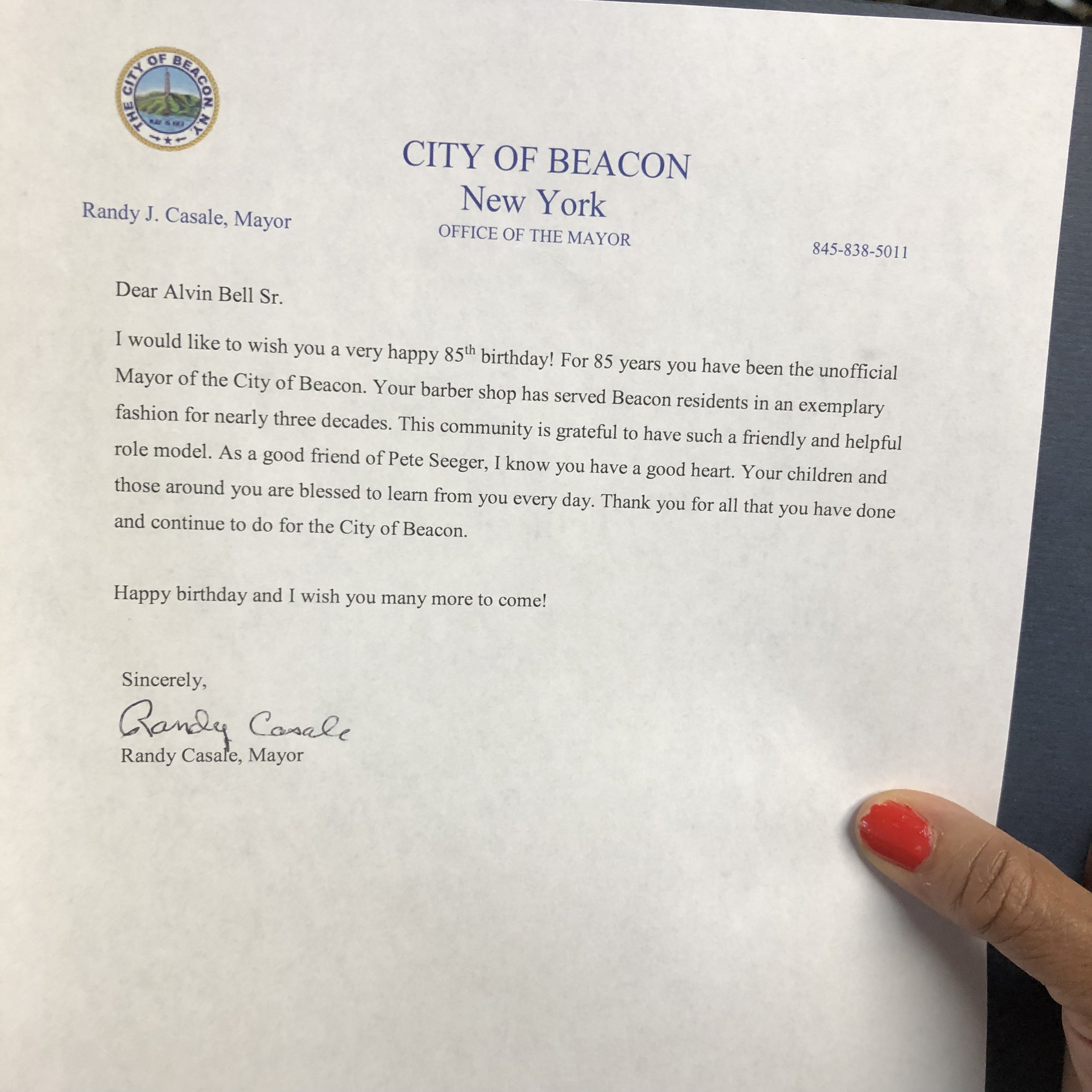The City of Beacon has been contacted by the Air National Guard out of Stewart Air Force Base, requesting to remove an estimated 63 Canada geese from Pete and Toshi Seeger Riverfront Park in Beacon, just north of the Metro-North train station. (50 geese were mentioned during the Workshop Meeting to the City Council on 6/24/2019). The possible removal plan would exterminate them, then serve them as food at food banks. “Goose removal is part of their airport safety to prevent another US Airways Flight 1549 event,” according to a memorandum/proposal submitted by Beacon’s City Administrator, Anthony Ruggiero, MPA.
That flight event happened in 2009 in New York City, when pilots Chesley Sullenberger and Jeffrey Skiles glided a plane into the Hudson River after a flock of geese flew into the engines. Geese are large flocking birds. “That’s why they present such a hazard to the flying aircraft,” said one of the presenters of the program during the Beacon meeting. It is estimated that there are 230,000 Canada geese now in New York state, and the New York State DEC has set 85,000 Canada geese as the preferred number.
Presenting this program were Kenneth E. Eggleston, Biological Science Technician with the USDA APHIS Wildlife Services; Ken Cruiser, Eastern District Supervisor with USDA Wildlife Services; and Lieutenant Colonel Cooper, Chief of Safety at Stewart International Guard Base and Instructional Pilot C17.
Councilperson Terry Nelson asked if this program was in response to a specific incident at Stewart. Lieutenant Colonel Cooper answered: “At Stewart, just with the military aircraft, we only fly about six times a week. We average a bird strike every month. Total cost to the Air Force since ’94 or ’95 has been about $580,000.”
Is Exterminating The Geese The Only Way To Remove Them?
Other methods to reduce the number of geese include rubbing the eggs with oil, which prevents air exchange to the embryo, thus ending the embryo’s life cycle.
According to the presenters, geese live an average of 26 years. Mating age for females is 3 years old. At that age, the female geese tend to return to the place they where they hatched, and lay their own eggs. A female Canada goose can birth 100 baby geese (goslings) in her lifetime.
Other methods in use include habitat management, like putting grid systems over the ponds at Stewart. Relocation of herded geese wasn’t recommended as an option, as the geese prefer to stay where they are, and are known to return to where they were born or had resided.
Councilperson Amber Grant asked for data as to the effectiveness of this deterrent. Non-lethal methods such as harassment by dogs, lasers, and pyrotechnical approaches pushes birds out three miles, which the presenters did not think would be enough. Councilperson Grant also asked about safety of consuming the birds, wild animals who have not had any kind of disease prevention. Presenter Ken answered that wild animals are known to be eaten by hunters and “others.”
Has Goose Removal Happened Elsewhere?
In a response to a question asked by Councilperson George Mansfield, other municipalities have exercised this removal method, but the presenters at the meeting would not disclose which municipalities, citing privacy.
Regarding Long Dock Park (just to the south of Pete and Toshi Seeger Riverfront Park), owned by Scenic Hudson, the presenters have reached out to Scenic Hudson and left messages, but Scenic Hudson has not returned their calls, according to the presenters.
Why Now To Take The Geese?
According to the presenters, now is the preferred time to round up the geese, as they are going through a “molting” phase, where they lose their primary flight feathers, essentially grounding them from flight for three weeks around the summer solstice. While the birds cannot fly, they are herded into a penned area, placed into poultry crates, and brought to facilities to exterminate and process them into food. Goose meat is then brought to food shelters in the region for people to eat as part of hot meals.
Prevention Of Geese, And The Outcome
Ongoing prevention of Canada geese at Pete and Toshi Seeger Riverfront Park was not discussed. There is a known problem of excessive amounts of goose poop at that park. Dogs on leashes are banned at Pete and Toshi Seeger Riverfront Park. Which is contrary to the allowance of dogs at other public parks in New York State and in New York City, where people are accustomed to bringing dogs on leashes. Dogs are allowed on leashes at Long Dock Park. While geese can pose problems to dogs when they are threatened, perhaps the consideration of leashed dogs can be entertained, at the very least, to curb some goose poop.
While most members of the City Council were not comfortable with the extermination, the decision would not need a resolution in order to move forward. (Translation: Councilpeople would not be voting on this; it would only need a signature on a form.) According to the City Manager, this program has not occurred in Beacon in years past, “to the best of my knowledge,” he responded by email to A Little Beacon Blog’s inquiry. But “the City Council was not in favor,” he responded by email.
UPDATE 6/25/2019: A Little Beacon Blog received confirmation the day after this proposal at the 6/24/2019 City Council Meeting that the proposal to exterminate the geese “will not move forward” according to City Manager Anthony Ruggiero. The City Manager has also confirmed that the geese are not pegged to be relocated. Such a relocation would need city approval, he said.
EDIT 6/25/19: In the first version of this article, this goose was referred to as “Canadian.” A reader wrote in to let us know that the bird is called the Canada goose. That word has been edited.
RELATED GEESE NEWS, 6/26/2019: Larchmont, down in Westchester, did participate in killing the geese near a pond, as reported by the Larchmont Loop. The business was contracted by private citizens and the municipality approved access to public property to carry out the taking of the geese.
















































 Firefly Yoga & Juicebar
Firefly Yoga & Juicebar











































